Nose jobs: Breaking the beak
Drastic measures
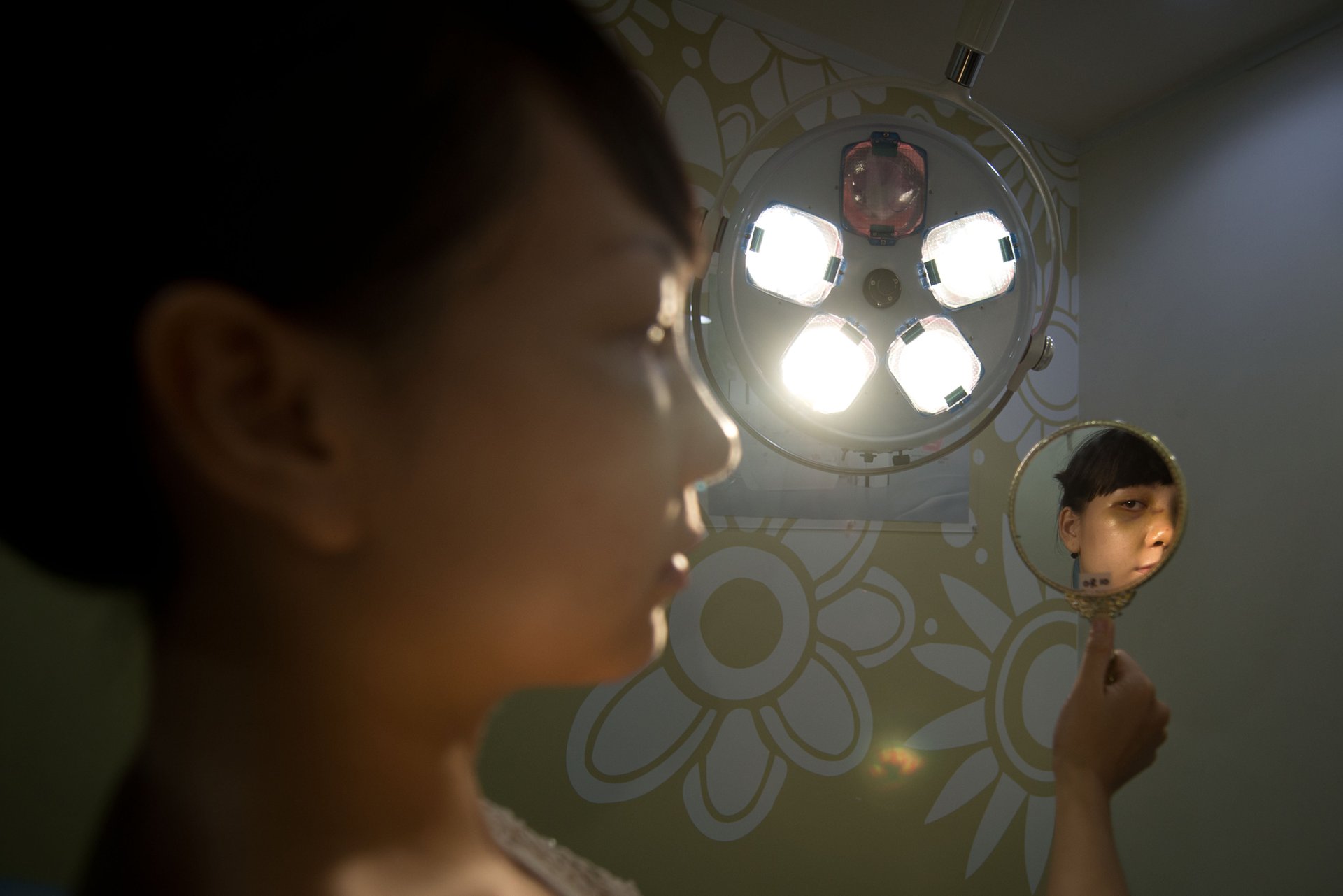
Drastic measures
Suggested Reading
A human nose in singular isn’t particularly sexy or sellable. Yet the need to have a good one has defined discourse around beauty, race, and status. You’ve likely had someone say they want their nose done over brunch at least twice in your life. Big influence for 2 inches, right?
Related Content
Nose jobs fixed disfigured noggins in Europe’s 16th century syphilis outbreak. A few centuries later, Irish men were getting nose jobs to look more “white.” We’ve seen nose jobs infiltrate the social lexicon through pop culture staples like Clueless to children’s books to explain why mommy looks different now. They’re not going anywhere either. Rhinoplasty, still the most common type of cosmetic surgery in countries including the US, is keeping up with the times by becoming “ethnic-sensitive” and servicing teens seeking the perfect “Instagram face.”
Oh, and to bring it full circle: There’s a new movement for reversing nose jobs to embrace individualization. It starts at $15,000.
Let’s nose around the world of this medical procedure and cosmetic construction.
By the digits (at time of publication)
2.5 billion: Number of uses of hashtag #nosejobcheck on TikTok
$50.27 billion: Value of the global cosmetic surgery industry in 2021
352,555: Nose re-shaping surgeries performed in the US in 2020
$5,483: Average US surgeon’s fee for a nose surgery, which may not include operating room and anesthesia costs
67.9%: Share of total rhinoplasties that are performed on 19-34 year-olds
1-2 hours: Average duration of the surgery. Full recovery takes about a year.
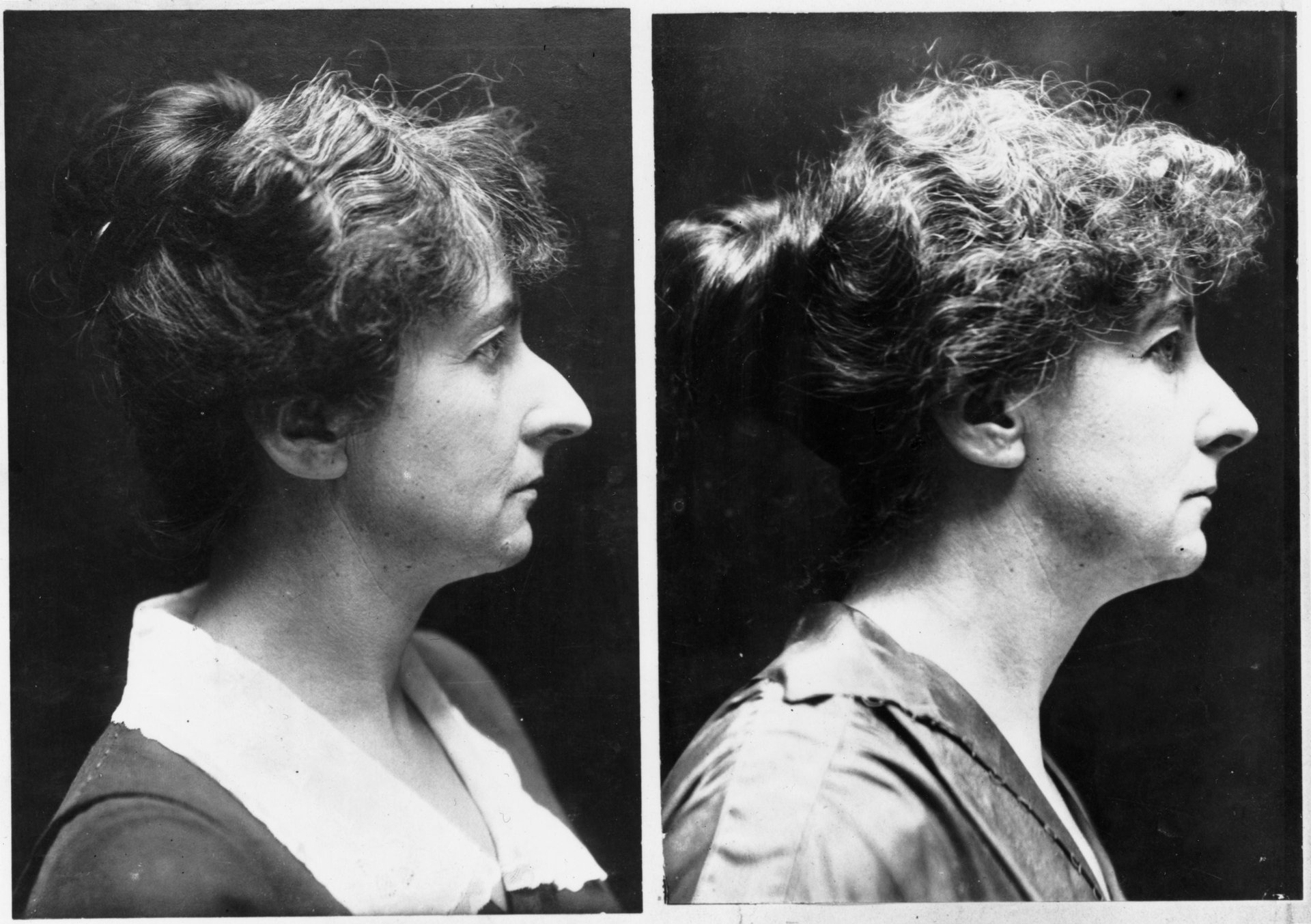
Why are nose jobs so controversial?
Is it more empowering to have the choice to change your nose or to accept it? Depends on who you ask.
Sure, plenty of rhinoplasty is done for functional reasons, such as to help those who suffer from restricted breathing. But what makes the procedure so controversial is its place in the ongoing conversation around Eurocentric features defining the pinnacle of beauty and spurring plastic surgery.
Earlier this year, supermodel Bella Hadid revealed she regretted the nose job she got at age 14, telling Vogue, “I wish I had kept the nose of my ancestors,” kicking off a commentary frenzy. Approximately 66% of nose job patients in the US are white. The procedure has adapted as people seek out surgeons who can make alterations feel undetectable, moving away from the traditional ski-slope look and to a straighter profile.
Several celebrities have noted that a nose job can open doors in the industry. Musician Courtney Love said when she reduced the size of her nose at age 20, “in six months, the whole world changed,” and she hasn’t regretted it. For others, erasing elements of their nose has ended in regret or career disaster. Dirty Dancing’s Jennifer Grey told the press her nose job ruined her career after she submitted to pressure. “I’ll always be this once-famous actress nobody recognizes because of a nose job.”
A newer take on the nose job, “ethnic rhinoplasty,” is gaining popularity among people of color that aim to preserve their ethnic identity with their noses. It’s also claimed to avoid higher risks of breathing issues in applying Caucasian features to African-American, Asian, and Middle-Eastern patients. Aesthetically though, the result is still a slimming effect overall.
Quotable
“We’re talking an overly tan skin tone [for white people], a South Asian influence with the brows and eye shape, an African-American influence with the lips, a Caucasian influence with the nose, a cheek structure that is predominantly Native American and Middle Eastern.”
—Celebrity makeup artist Colby Smith describing the “Instagram Face” ideal in The New Yorker
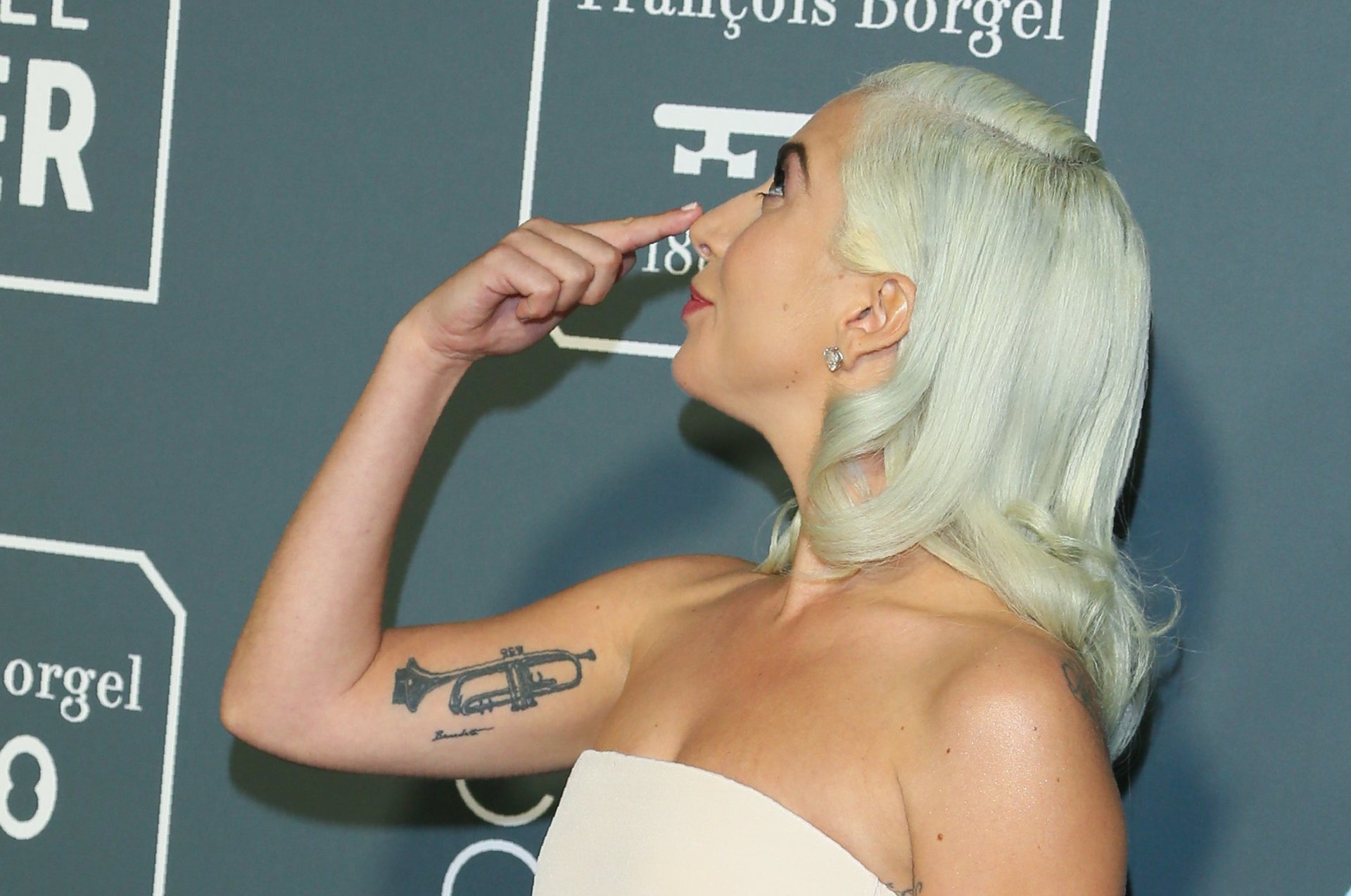
Which singer said they got a nose job to get a better voice?
A. Lea Michele
Find the answer below!
Brief history
6th century BCE: Indian physician Sushruta records how to use a flap of skin from the patient’s cheek to rebuild noses cut off due to punishment.
16th century: During Europe’s syphilis outbreak that left people with disintegrated noses, a method of taking skin from the arm to create a new nose caught on.
1887: John Orlando Roe, an otolaryngologist from Rochester, New York, performs the first nose surgery to reshape an unhappy patient’s self-described “pug nose” which branded many recent immigrants as Irish.
1898: German surgeon Jacques Joseph begins cosmetic surgeries for the nose, offering pro-bono services for patients of limited means who “suffered from a ‘Jewish nose.’”
Late 19th century: So-called “beauty doctors” offer out-patient services across North America at salons.
1916: British surgeons like Sir Harold Gillies experiment with masks and surgery for facial disfigurement of soldiers in World War I.
1920: The reconstructed faces of war veterans help the public begin to accept cosmetic surgery.
1921: The American Association of Plastic Surgeons is founded.
1990s: A new technology that uses vibrating crystal to cut through bone replaces traditional hammer and chisel method for rhinoplasty.
Fun fact!
The good news is that our noses don’t grow longer with age. The bad news is that they droop. As the collagen and elastin in our nose cartilage breaks down, the skin is less adept at fighting off gravity’s pull, leading the tip to sag. A nose job can’t stop natural aging either. If only we could all afford commercial flights to space.
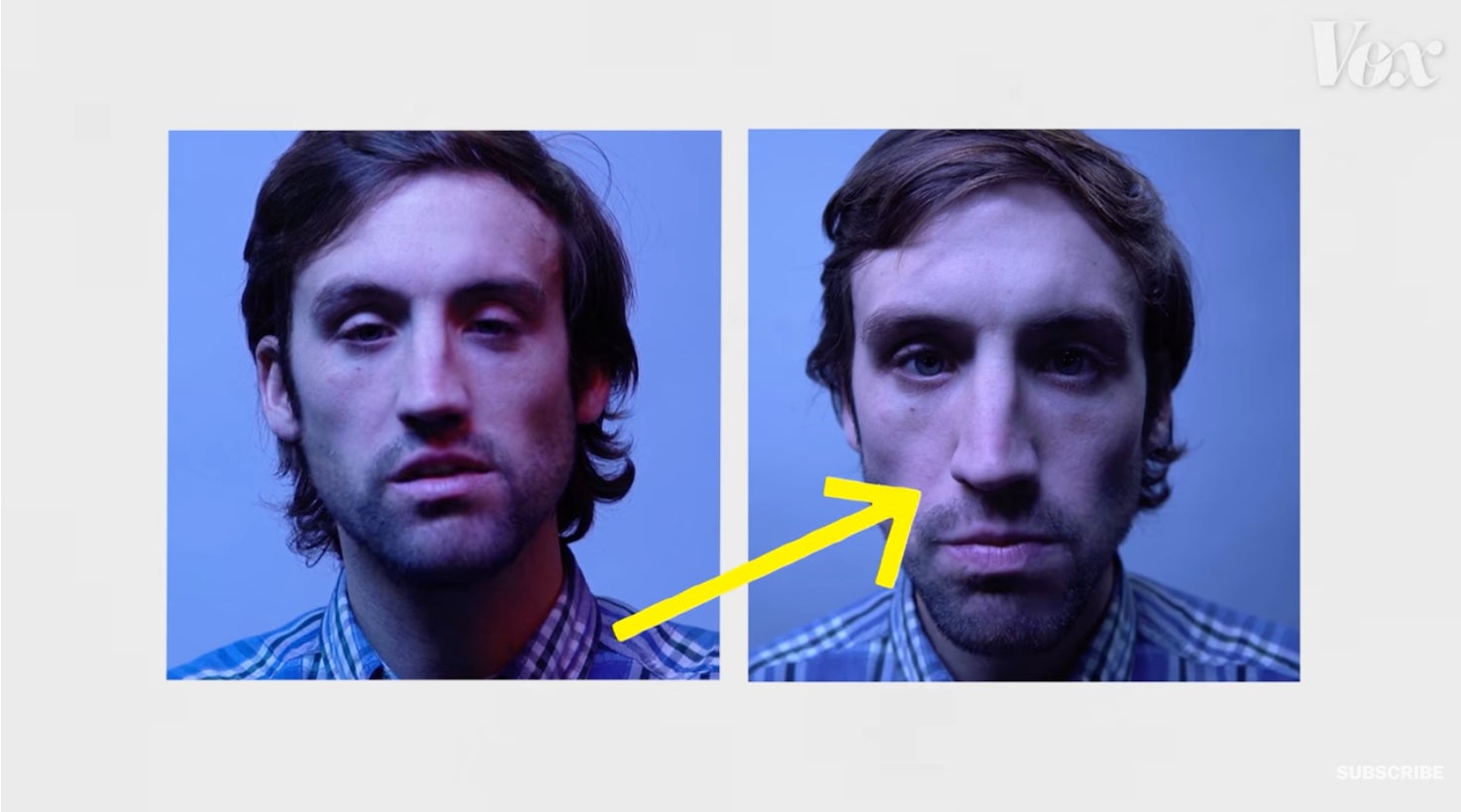
Take me down this 🐰 hole!
The pandemic may have led to a new focus on our own perceived imperfections as people spent more time looking at themselves on Zoom and FaceTime calls, in what’s come to be known as selfie distortion.
People “find themselves looking at their own photo, as opposed to the people they’re talking to,” said facial plastic surgeon Dr. Umang Mehta of Mehta Plastic Surgery to CBS News. “I think the other thing is: when you see yourself on camera, especially if the camera is close to you, there’s a distortion effect.”
Boris Paskhover, a facial plastic surgeon at Rutgers University, and his co-authors used a mathematical model to quantify how selfies distort facial features.
They discovered that when the lens is very close—say 12 inches—it makes the nose look about 30% larger compared to the rest of the face. Vox explained how this phenomenon works in a video comparing what this distortion can do to our nostrils. The villains? Perspective and distance.
Imagine standing right in front of an average-sized building and looking up. It looks larger when it’s close to you and buildings in the background look smaller. If you move farther away, the view of it changes, making it look more balanced with other buildings.
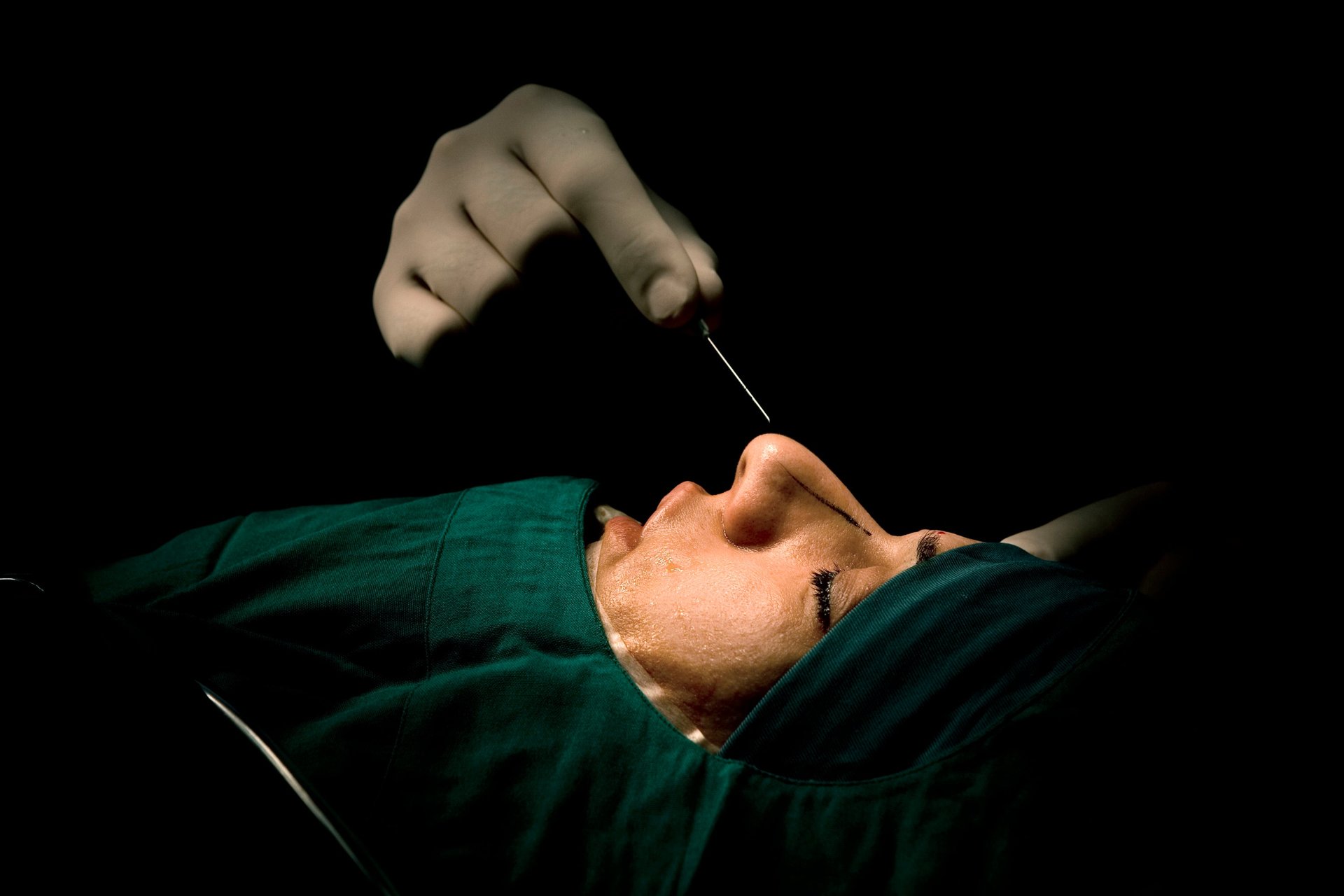
Poll
What’s your reaction when you see rhinoplasty posts on TikTok or Instagram?
We want to know (because we’re nosy) so take our poll!
💬 Let’s talk!
In last week’s poll about aloe vera, the overwhelming majority of you (80%) said you use the plant for skin irritation relief. But 10% of you are into drinking it as well. Cheers!
Today’s email was written by Mridula Amin, edited by Susan Howson, and produced by Morgan Haefner.
The answer to the quiz is D. Michael Jackson. In a 2003 documentary, Jackson confessed only to having a nose job. “I’ve had no plastic surgery on my face, just my nose,” he said. “It helped me breathe better so I can hit higher notes. I am telling you the honest truth, I didn’t do anything to my face.” Streisand, Winslet, and Gaga have all rejected the idea.